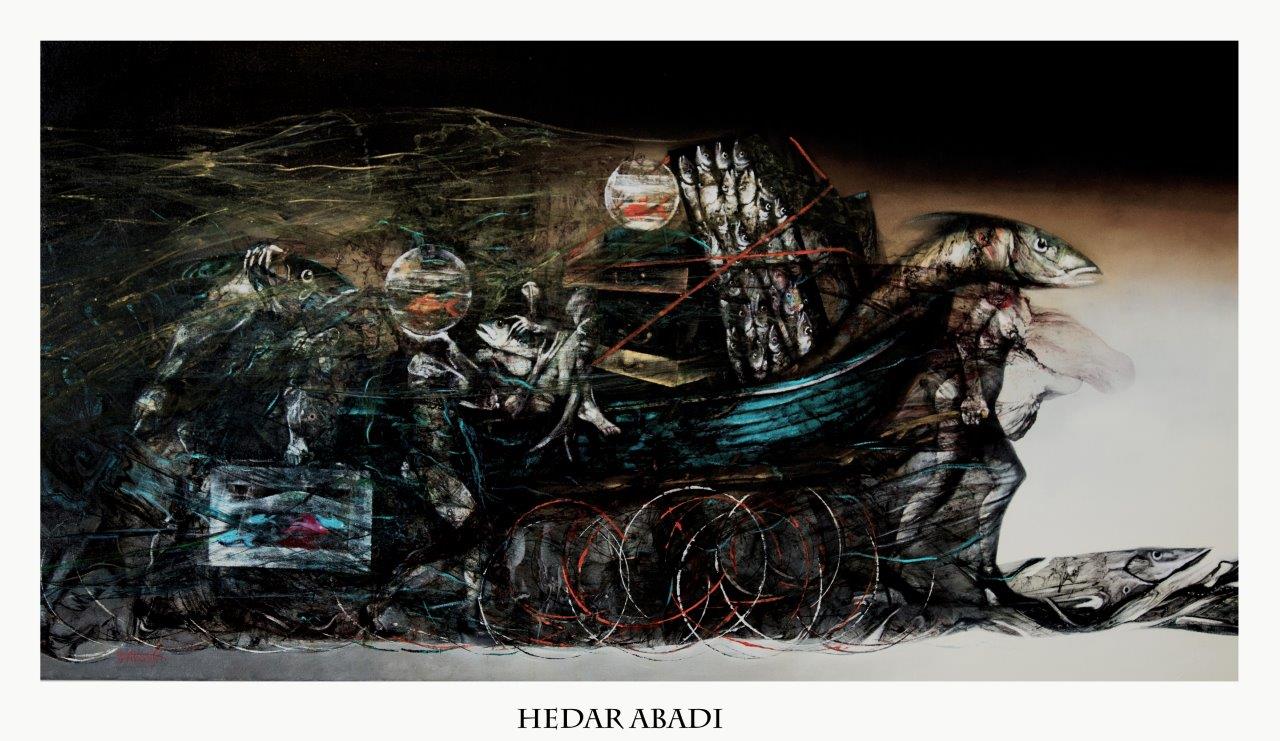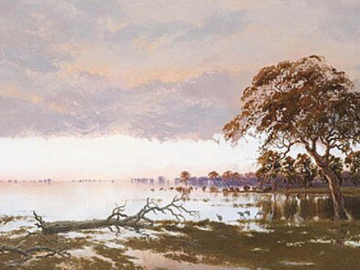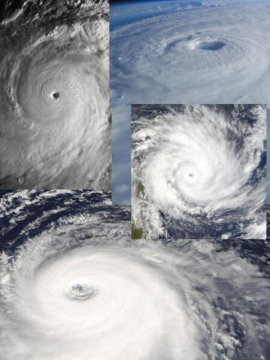Editors' letter
Taylor Mitchell

Because I’m a refugee in Australia, I feel the same as fish in an aquarium. Australia is a very beautiful country, with beautiful water… but I would like to swim in my water.’ - Hedar Abadi
In this issue of Science Write Now, launching (finally) alongside a brand new website, we’re excited to share the work of writers and scientists engaging with concepts of migration. These works examine the movement of bodies and objects - human and nonhuman, living and non-living - and the future of migration on an increasingly unliveable planet. Importantly, in an age where climate-induced migration is beginning to be framed as an issue that may affect us all, these works stay with the uneven vulnerabilities of climate migration and the ongoing histories of forced migration brought about by colonisation and global capitalism.
Our powerful feature artwork, Migrating - Oil on Canvas by Hedar Abadi, explores Abadi's experience as a refugee in Australia while remaining connected to the waterways of his homeland, Mesopotamia.
The role of water, in and as migration is a recurring theme throughout the issue. As Manisha Anjali reminds us in her essay ‘The Thread is Made of Flesh' even as “water lives in the interval between one piece of land and another”, such a space is “a tangible entity”. Brenda Saunders’s poem, 'Yaama Ngunna Baaka: Dancing the River' describes a dance to restore this entity in the drought-affected Baaka (the Darling River). In 'The Ocean Is Us', MAP Office presents a series of artworks reframing the ocean as a “new territory” where we might absorb other possibilities. Although continuously enforced as a border zone, water is not so easily contained. Tiel Aisha Ansari’s poem 'Cyclonic Storm Migration' traces a warm-water-fueled tropical storm in all its iterations across the Caribbean and the Atlantic while Julie Lee’s 'Island Time' contemplates the island in her bones.
These works not only engage the question of space, whether deep blue or otherwise, but also a deep time. Robert René Galván’s poem 'Green Comet' asks what the earth will look like when a particular rare comet returns, while Indrana Perera contemplates the space-time entanglements of 'Light Years’.
The pieces in this edition also engage with how living in these times of ecological violence exposes the binaries of natural/unnatural, and licit/illicit. Rose Michael’s fiction excerpt, 'The Knot', explores the role of violence in the management of cane toads, while our conversation with artist Tuấn Mami about his work, the 'Vietnamese Immigrating Garden' examines how the two-way importation of plants between Europe and Asia during colonial times has obfuscated the origin of many plant specimens, blurring the lines between what is “native” and “introduced”. The contested notion of “origin”, and the relationships constituting it, is also examined by The Migrant Ecologies Project whose project tracking the DNA of an old teak bed opens up “multiple forest-culture connections”.
Previous SWN readers may notice many of the works have a section dedicated to the science inspiring them. This scientific context offered by the authors, we believe, expands these texts rather than enclosing them. We hope this addition will inspire more future contributors to try out the sprawling, unwieldy, and contested project of creative science-writing in a climate emergency.


